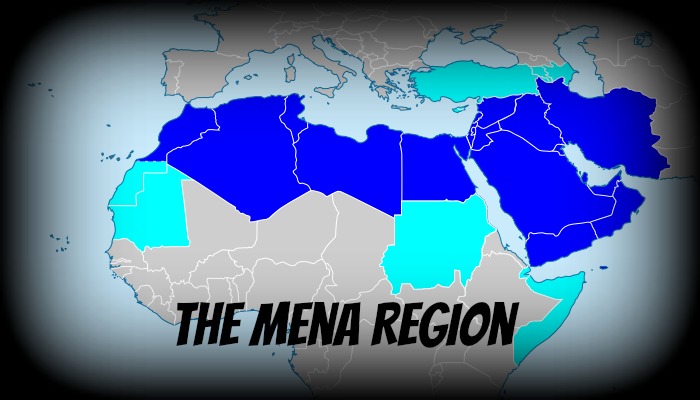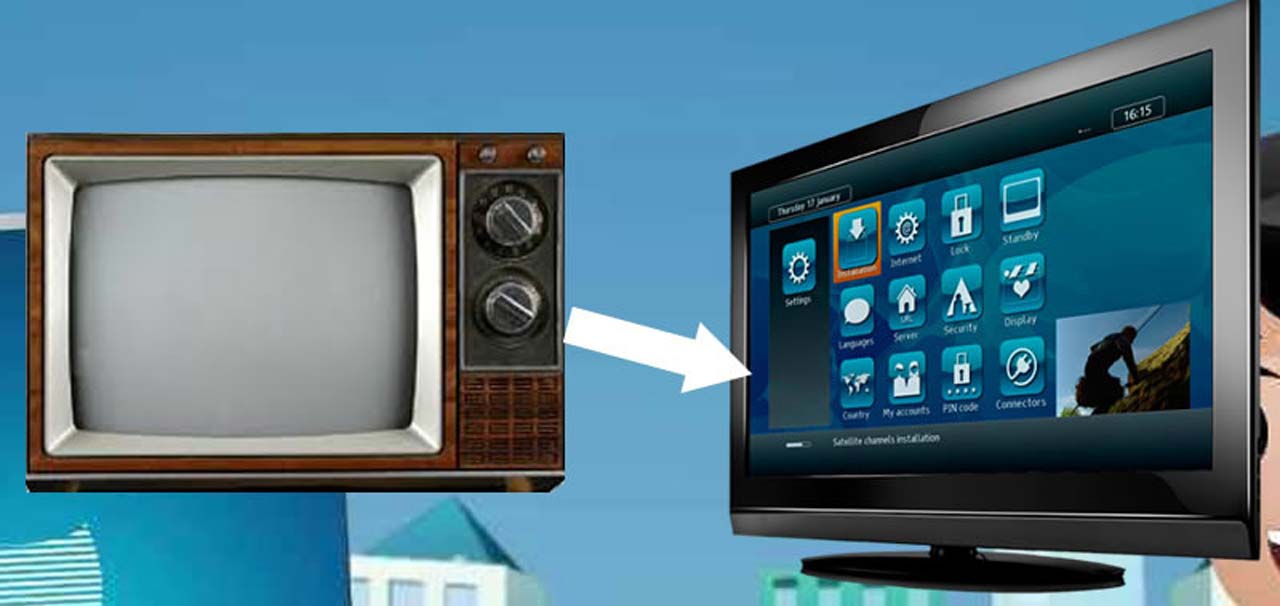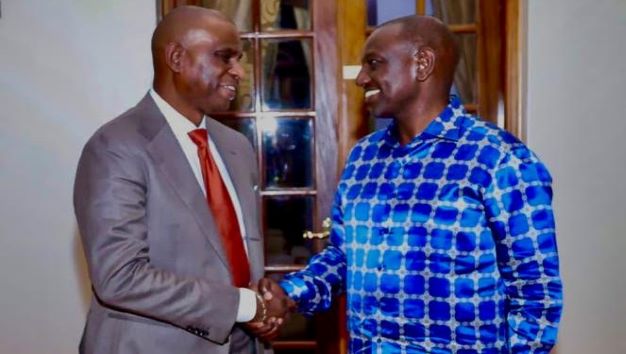Banks across the Middle East and North Africa (MENA) region have achieved a remarkable 30% annual increase in net profits, coupled with a 12.2% rise in net assets during the first half of 2023.
This significant growth, unveiled in a report by EY, also revealed year-on-year returns on equity surging by 6.18%, with the net interest margin expanding by 0.2% during the January-June period.
This report paints a picture of a thriving banking sector in the region, marked by impressive increases in net profits and assets. The surge in returns on equity and the growth of net interest margins also reflect a region on a positive trajectory.
Read also: Egypt calls for studies on osmosis technology amid MENA’s water crisis
Driving Forces Behind Growth
The upswing in the banking sector is attributed to several factors. Technological advancements, robust fiscal conditions, government investments, a positive outlook for oil and gas prices, and anticipated improvements in the global economic landscape have acted in synergy to stimulate growth. This environment is supported by strengthened oil and gas prices and a notable uptick in non-oil activities.
The credit demand in the region is expected to benefit from these favourable conditions. The consultancy, however, refrained from providing exact growth figures.
Remarkably, the GCC (Gulf Cooperation Council) banking sector has undergone a fundamental transformation, advancing along a robust trajectory. This transformation is propelled by a growing demand for lending. Its impact resonates with the region’s broader economic growth, driven by ongoing economic diversification initiatives.
Charlie Alexander, EY Mena financial services leader, affirms the pivotal role of the banking sector in the region’s economic evolution amid such diversification efforts.
Operational Growth and Outlook
MENA banks reported an impressive 18.8% growth in operating income in the first half of the year. Total deposits escalated by 6.08%, and the loan-to-deposit ratio increased by 5.43%. The report forecasts that non-performing loans will remain stable in 2023. Banks are adopting a selective approach to lending.
Regulatory Focus and Digital Transformation
Regulatory oversight is poised to take centre stage in the banking industry, particularly in the realms of battling financial crime, electronic know-your-customer (eKYC) processes, anti-money laundering, and cybersecurity. Financial market infrastructure initiatives like eKYC platforms and open banking are also projected to accelerate across the region.
MENA regulators have intensified their efforts to integrate their economies with the global landscape, aligning existing laws and infrastructure with international standards. The region is experiencing an uptick in acquisitions and investments.
Digital banking solutions have been growing rapidly to cater to the evolving needs of consumers. Artificial intelligence is playing a pivotal role, delivering faster and more personalised banking services via chatbots.
The pursuit of net-zero roadmaps by most GCC countries is driving the demand for sustainable finance. This is a vital enabler of the transition to clean energy. Moreover, regional banks are embracing digital currencies, blockchain, and sustainable finance as priority areas, while they focus on enhancing customer experiences with the adoption of chatbots and loyalty programs.
The MENA banking sector’s impressive performance in the first half of 2023 is underpinned by a confluence of factors, including technological advancements, strong fiscal conditions, and positive outlooks for oil and gas prices. As the region strives for economic diversification and embraces digital transformation, the banking industry’s robust growth is set to play a pivotal role in the overall economic development. Factors such as regulatory oversight and the pursuit of net-zero roadmaps in GCC countries add further dimensions to this thriving sector’s future.


